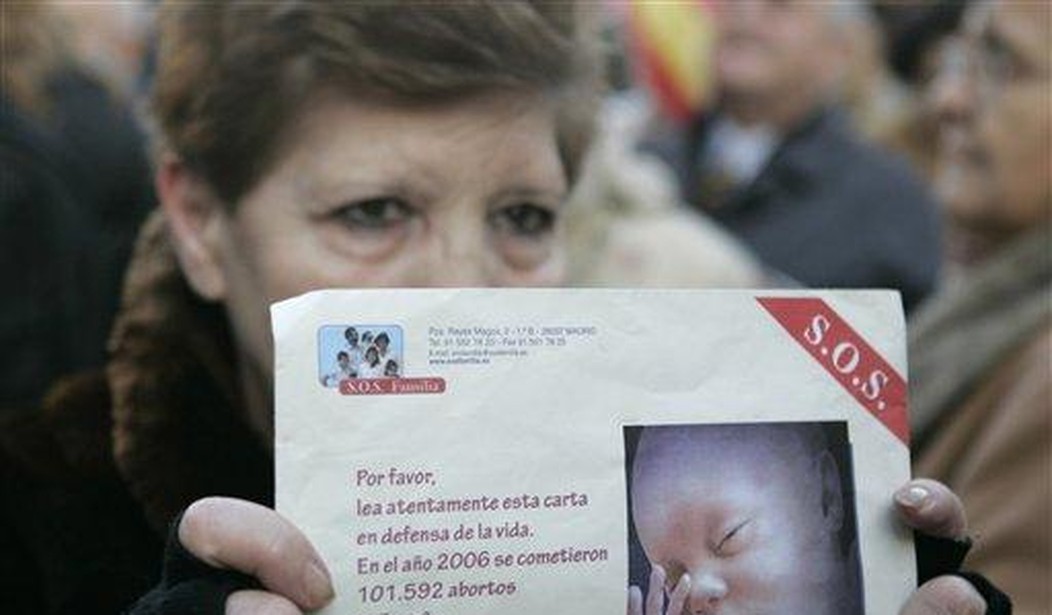The Supreme Court refused to hear to cases from Chicago and Pennsylvania involving challenges to laws regulating speech in front of abortion clinics. Both laws create “buffer zones” outside of clinics that prevent anti-abortion advocates from handing out leaflets or picketing.
The cases were originally brought by citizens engaged in sidewalk abortion counseling. They claim the buffer zones violate their First Amendment right to free speech.
The Chicago case sought to invalidate a buffer zone law that made it illegal for a person standing within 50 feet of a clinic to come within 8 feet of another person “for the purpose of passing a leaflet or handbill, displaying a sign to, or engaging in oral protest, education or counseling.”
The Harrisburg, Pa., case involves an ordinance that makes it illegal for a person to “knowingly congregate, patrol, picket or demonstrate in a zone extending 20 feet from any portion of an entrance to, exit from, or driveway of a health care facility.”
Appeals courts refused to invalidate the laws, bringing the matter before the Supreme Court, which cited a 2000 decision in which a similar Colorado law was upheld.
Anti-abortion activists told the Supreme Court that Chicago’s ordinance violates their free speech rights and that the high court’s decision from 2000 should be reconsidered. A trial court previously dismissed the lawsuit and an appeals court upheld that decision.
The court’s announcement that it would not hear the cases comes on the heels of its decision Monday that a Louisiana law requiring doctors who perform abortions to have admitting privileges at nearby hospitals violates abortion rights the court first announced in the landmark Roe v. Wade decision in 1973. The decision divided the court’s conservatives and liberals 5-4 with Chief Justice John Roberts joining his four more liberal colleagues to strike down the law.
A Massachusetts buffer zone law was struck down by the justices in 2014. But that law was too vague in what was to be prevented. Both the Illinois and Pennsylvania statutes apparently passed constitutional muster.
When the Massachusetts case was argued before the justices back in January, NPR’s Nina Totenberg noted that buffer zones have become common since a Supreme Court ruling 14 years ago that upheld 8-foot buffer zones that move with individuals as they walk into clinics.
Nina notes that in Massachusetts, “two people were shot and killed and five others were wounded at abortion clinics in 1994. After first trying a moving, ‘no approach’ buffer zone, the state in 2007 adopted a fixed, stationary 35-foot buffer zone outside clinics.”
There are already laws on the books that prevent people from being shot. There are already laws that prevent women going into clinics from being assaulted, which includes anyone screaming in their faces.
But why make it illegal to engage in “oral protest” less than 50 feet from a clinic? And why 50 feet? Why not 20 feet like the Pennsylvania law? Why is everyone so afraid of people asking women not to abort their children?
This is what happens when you start micro-regulating speech. Freedom of speech loses.










Join the conversation as a VIP Member